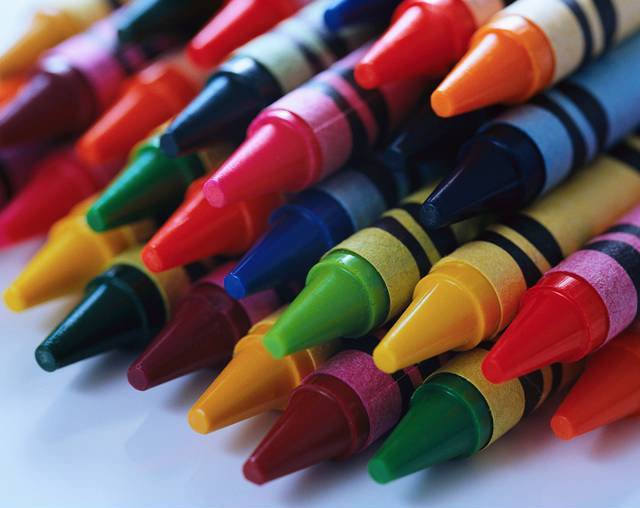History of Crayons
EWA • dawno temu

Kredki świecowe (ang. crayons) stanowią niezwykle popularne narzędzie do rysowania, nie tylko dla dzieci. Pierwsze kredki woskowe dla dzieci wyprodukowano pod istniejącą do dziś i rozpoznawaną przez 99% Amerykanów marką Crayola, stworzoną przez kuzynów Edwina Binneya i Harolda Smitha.
In 1864, Joseph W. Binney founded the Peekskill Chemical Works in Peekskill, New York, producing colorants for industrial use, such as red iron oxide pigments used in barn paint and a black pigment called lampblack used for making tyres black and extending their useful lifespan.In 1880 Joseph Binney opened a New York office and invited his son, Edwin Binney, and his nephew, C. Harold Smith, to join the company. The cousins renamed the company Binney & Smith and expanded the product line to include shoe polish, printing ink, chalk and black crayonsused to mark crates and barrels. In 1900, the company purchased a stone mill in Easton, Pennsylvania, and started making slate pencils for schools. This started Binney's and Smith's research into nontoxic and colourful drawing tools for kids.
In 1902, Alice Binney, a school teacher by profession, suggested her husband Edwin that making inexpensive crayons was better than importing costly coloured pencils which were not in their production then. Also the pencils which were produced by them contained carbon black that was toxic for children. That is when Binny's idea sent the heads reeling, and charcoal was replaced with paraffin wax. Various colour pigments were introduced to create fancyhues on crayons. All these led to the birth of the famous crayon manufacturers – Crayola. Alice coined the name Crayola by merging the words “craie”, French for chalk, and “ola” for oleaginous, or oily.

The first Crayola crayons came in a box of eight colours: black, blue, brown, green, orange, purple, red and yellow.The now-classic 64-box of crayons, complete with built-in sharpener, was introduced in 1958.Today there are more than 120 crayon colours, including Atomic Tangerine, Blizzard Blue, Mango Tango, Outrageous Orange, Laser Lemon, Screamin’ Green and Shocking Pink. There are also different types of crayons, including crayons that sparkle with glitter, glow in the dark, smell like flowers, change colours, and wash off walls and other surfaces and materials.
Glossary:
- colorant – barwnik
- iron oxide – tlenek żelaza
- barn – stodoła, obora
- lampblack – barwnik sadzowy
- tyre (tire US) – opona
- lifespan – żywotność, trwałość
- shoe polish – pasta do butów
- slate – łupek, łupkowy
- carbon black – sadza
- the idea sent the heads reeling – pomysł przyprawił ludzi o zawrót głowy
- charcoal – węgiel drzewny
- wax – wosk
- fancy – fantazyjny
- hue – barwa, odcień
- oleaginous – oleisty
- sparkle with glitter – błyszczeć brokatem
- glow – świecić
Źródła: about.com, buzzle.com
Zobacz także:
History of the Teddy Bear
The History of Bingo











Ten artykuł nie ma jeszcze komentarzy
Pokaż wszystkie komentarze